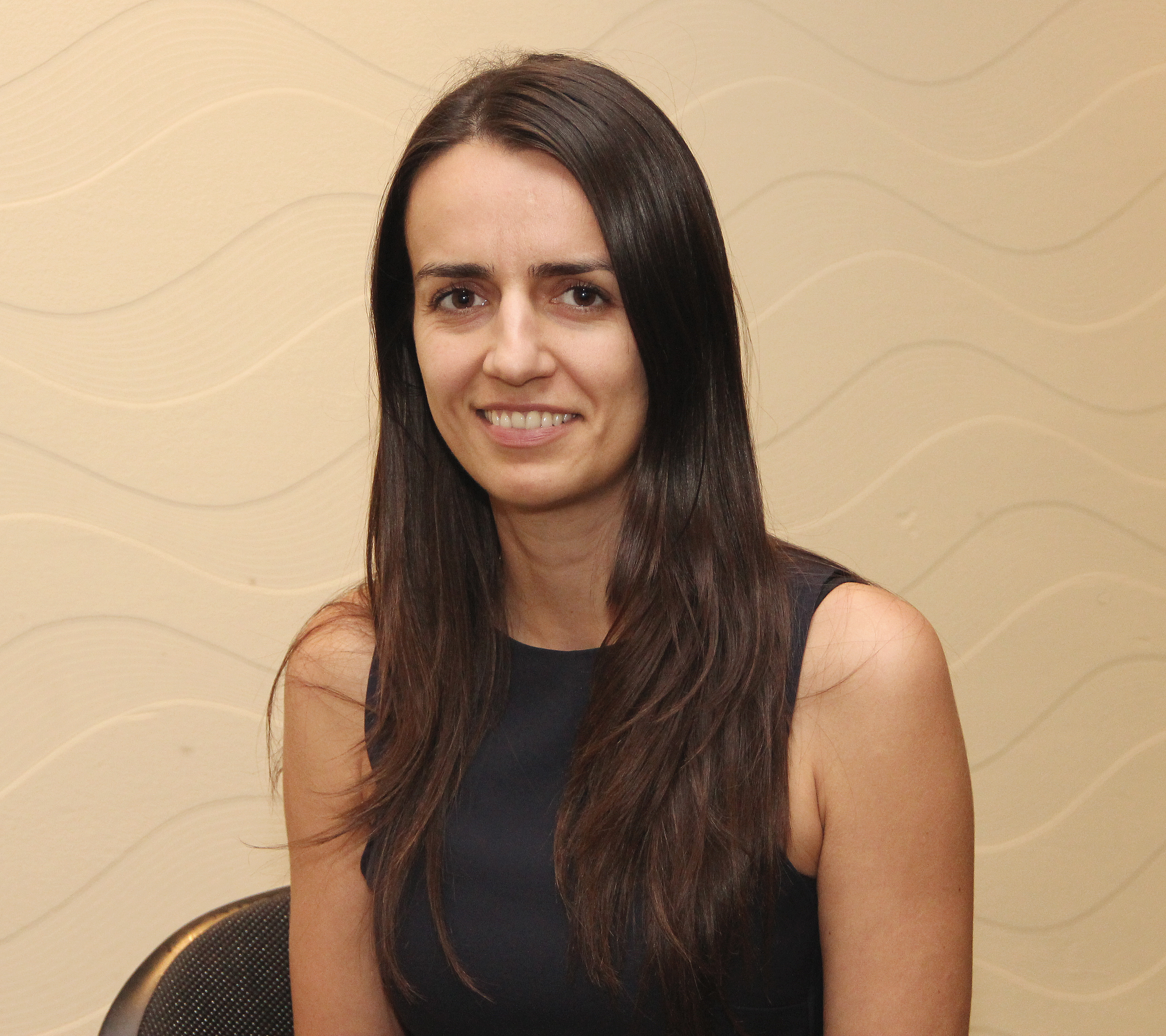

Dr
Mercy Karoney
Project Title
Proximal tubular renal dysfunction among HIV patients on Tenofovoir versus Tenofovir sparing regimen
Project Objectives
To assess proximal tubular renal dysfunction among HIV infected patients on TDF regimen compared to those on TDF sparing regimen
Host Organisation
| Department | Institution | Country |
|---|---|---|
| Moi University | Moi University | KE |
EDCTP Project
TMA2015CDF1002
EDCTP Program
EDCTP2
EDCTP Project Call
Career Development Fellowship (CDF)
Study Design
This was a cross sectional design comparing outcomes (proximal tubular renal dysfunction and global renal function) in TDF (exposed) and TDF-sparing (unexposed) groups at the same point in time.
Project Summary
ABSTRACT Background: Tenofovir Disoproxil Fumarate (TDF) is the most widely used Anti-Retroviral Therapy (ART) drug due to its potency, safety profile and WHO recommendation. TDF causes proximal tubular renal dysfunction (PTRD) leading to Fanconi syndrome, acute kidney injury and chronic kidney damage. Modest rates (2-4%) of TDF related toxicity based on estimated Glomerular Filtration Rate (GFR) have been described; while TDF induced PTRD has been reported to be 22%. Beta 2-microglobulin (B2M) in urine has been validated as a highly sensitive/specific marker for tubular proteinuria.TDF toxicity is more likely among African patients, it is reversible and TDF may be renal dosed in patients with dysfunction. Objectives: To assess proximal tubular renal dysfunction, global renal function and their determinants among patients on TDF versus TDF sparing regimen. Methods: This was a cross sectional study among HIV infected patients attending Academic Model Providing Access to Healthcare (AMPATH) program. The primary outcome of interest in this study was PTRD while the secondary outcome of interest was estimated GFR. PTRD was defined as any two of beta 2 microglobulin in urine, metabolic acidosis, normoglycemic glucosuria and fractional excretion of phosphate. Student t test, chi square, likelihood ratio and their non-parametric equivalents were used to test for statistical significance. Univariate and Multivariate logistic regression analysis was carried out. Results: A total of 516 participants were included in the final analysis, 261 on TDF while 255 were on non-TDF based regimens. The mean (SD) age of all participants was 41.5 (12.6) years with majority being female (60.3%). The proportion of PTRD was 10.0% versus 3.1% in the TDF compared to TDF-sparing group (P<0.001). Mean estimated GFR was 112.8 (21.5) vs 109.7 (21.9) ml/min/1.73mm3 (P=0.20) for the TDF compared to TDF-sparing group. TDF users were more likely to have PTRD compared to non-TDF users, adjusted Odds Ratio (AOR) 3.0, 95% CI 1.12 to 7.75. Hypophosphatemia was found to have a specificity of 88.8% and a low sensitivity of 23.5% in detecting proximal tubulopathy. Conclusion: There was significant tubulopathy in HIV patients on TDF compared to TDF-sparing group without significant difference in estimated GFR. The clinical significance of these findings may not be clear in the short term. Serum phosphate levels are not useful as a proxy for detecting tubular dysfunction.


